Mantua is probably not on too many destination lists. It is a UNESCO world heritage listed small town sitting beside three lakes fed by the River Mincio. We decided to visit on our way to Venice for no other reason than we thought we would go somewhere that we had never heard of before. We were pleasantly surprised by this place.
Because it is off the beaten track a little, it is not geared up for thousands of tourists, although don’t be mistaken, it certainly does have its fair share of visitors.
We stayed in the Casa Museo Palazzo Valenti Gonzaga, which is a museum offering accommodation….something very different from the norm. The owner of the museum was lovely, and nothing was too much trouble. We chose to stay in the Historic Taverna Apartment, which was quite amazing, with long narrow tunnels, vaulted ceilings and exposed brick walls. There are only 4 rooms in the museum so if you did choose to do something a little different by staying here, you would need to book early.
I think that Mantua is probably in the process of gearing up to become a more popular tourist destination, as it appeared when we visited that there were a lot of building works in progress. It is small enough to walk around, so just keep following the narrow streets and you will come across plenty of historical buildings to see.
There is not a huge amount of English spoken in Mantua, especially in the restaurants, so reading a menu and ordering food is a little tricky, but full of surprises!
There is still quite a lot to see in Mantua, so try and visit some of the following.
- Palazzo Ducale in Mantua – this was built as a royal residence where the Gonzaga family lived and ruled from 1328 to 1707. With its magnificent rooms, numerous buildings connected by corridors and galleries, courtyards, squares and gardens, it is among the most extensive palaces in Europe. Unfortunately the loss of their fortune meant they had to sell many of the paintings and furniture leaving the Palace rather empty.
- Palazzo Te – sitting opposite the island of Te is Palazzo Te, a delizia villa (a rural palace of pleasure), which is the work of Giulio Romano. The Palace has some of the most beautiful frescos in excellent condition. The Giants Room has a series of paintings which should not be missed.
- Mantua Cathedral – the Cathedral is dedicated to Saint Peter and is located at the end of the Piazza Sordello.
- Rotonda di San Lorenzo – this is the most ancient church in Mantua and is definitely worth a visit. One interesting fact about it is that it has sunk below the level of the Piazza Delle Erbe where it is located and probably stands on the site of a Roman temple.
- The Basilica of Sant’Andrea – a Roman Catholic co-cathedral and minor basilica in Mantua. It is one of the major works of 15th-century Renaissance architecture in Northern Italy. It is located just off the Piazza delle Erbe.
- Castello di San Giorgio – the St George’s Castle is part of the Palazzo Ducale. It is a moated rectangular castle, with each of its four corners having a large tower and a moat which is crossed by three drawbridges. One of the most important art works of Mantua, the Bridal Chamber painted by Mantegna from 1465 to 1474 is to be found inside the Castle.
- Piazza Sordello – this is the oldest square in Mantua and is located just in front of the Palazzo Ducale. There are usually plenty of stalls with lots of different wares for sale for the tourist and the local residents.
- Piazza delle Erbe – here you will find the centuries old cylindrical church (Rotonda di San Lorenzo). It is also another busy square filled with cafes, stalls and shops. This is what makes Mantua so special – the many squares that open up around each corner which offer the tourist another visual delight as you explore everything in and around the square.
Travel Tips
- The best time to travel is in July or August when thousands of lotus flowers are in bloom.
- We drove to Mantua, and parking was a little challenging as the streets are small, used by the locals and there are parking restrictions around the town.
- Don’t be afraid to try the local food in the restaurants that the locals use. The food has wonderful flavours and you get to taste the local fare rather than the tourist food.
Travel Alerts
- A small town which felt perfectly safe to us. The only issue is that there are a wide range of places where the locals do not speak much English.
Travel Adventures
- It is well worth your while going off the beaten track every now and then. A lot of these small towns are gems to explore, and many offer something quite different from the large cities. It is also nice to end up in a town that is not packed with tourists, so you have time to unwind and relax.
- Located about 30 kms away from Mantua is a town called Sabbioneta. It is a town showcasing exceptional urban, architectural and artistic style of the Renaissance period, during the rule of the Gonzaga family

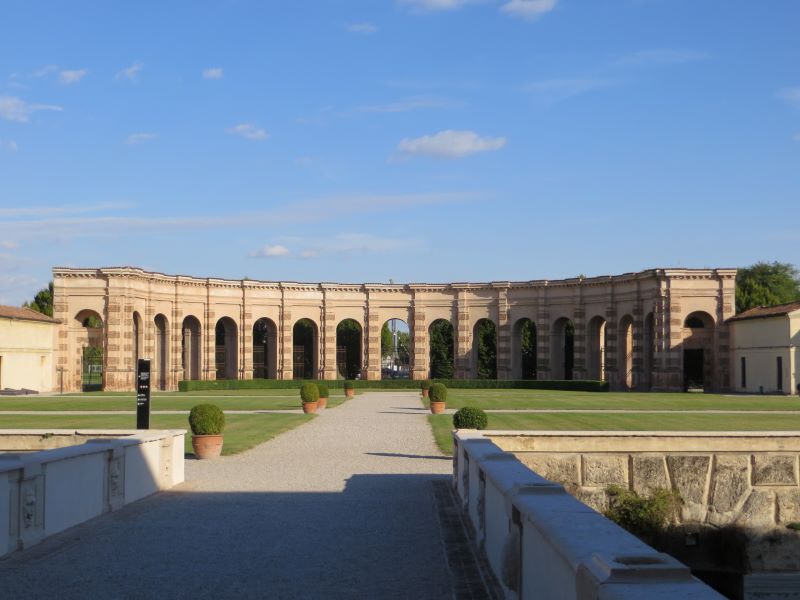
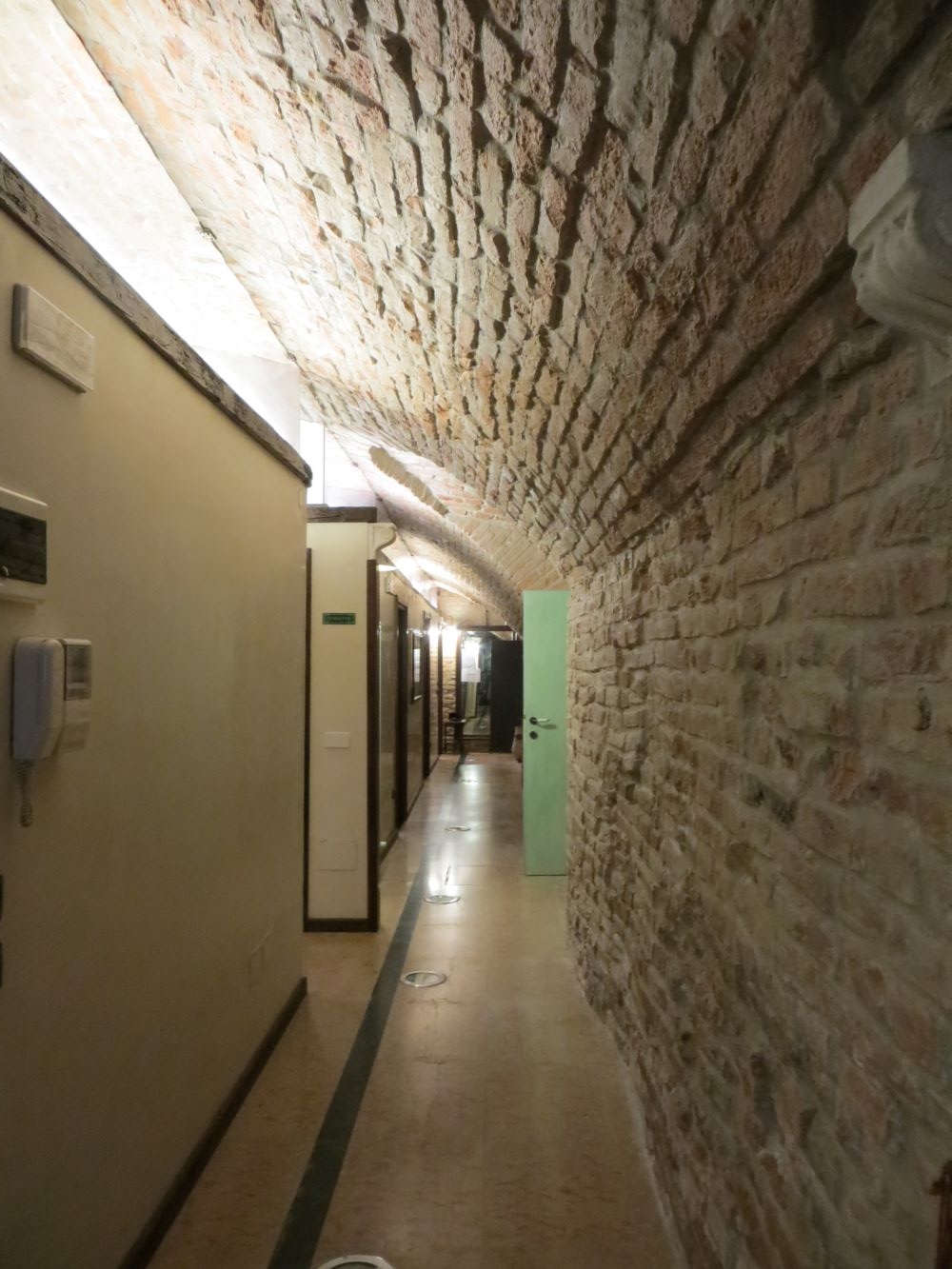
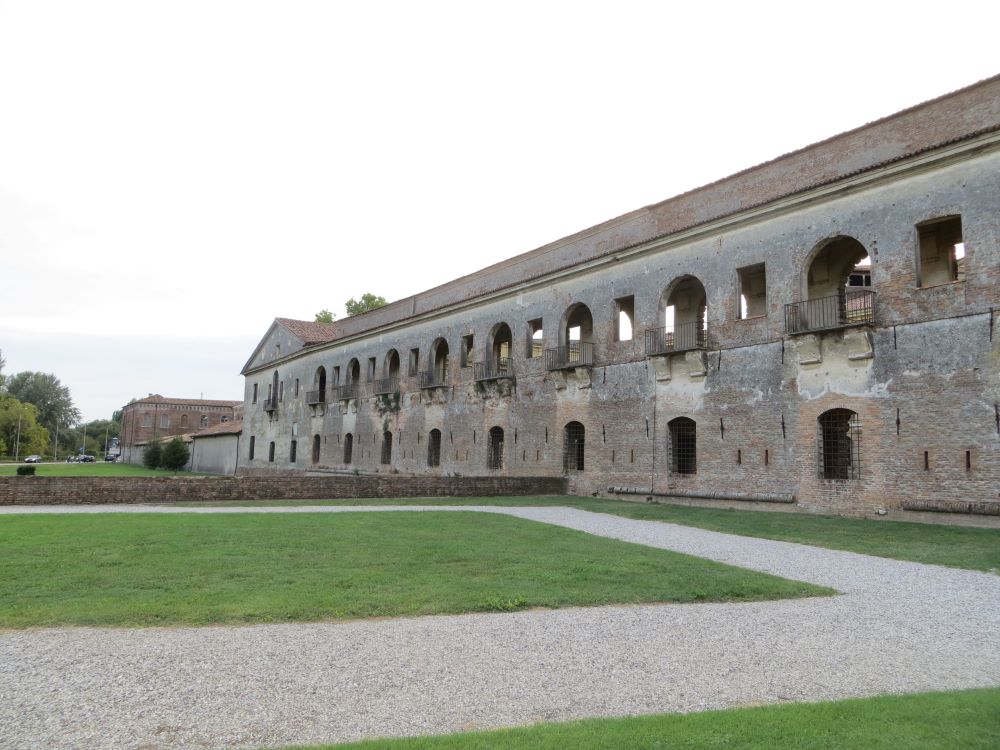
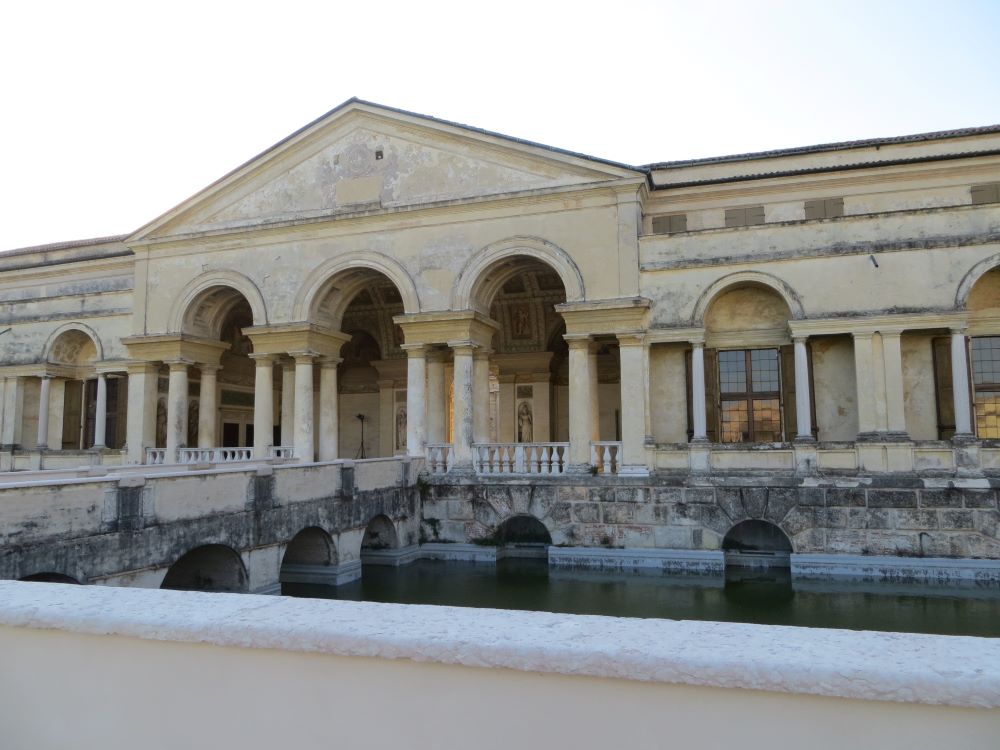
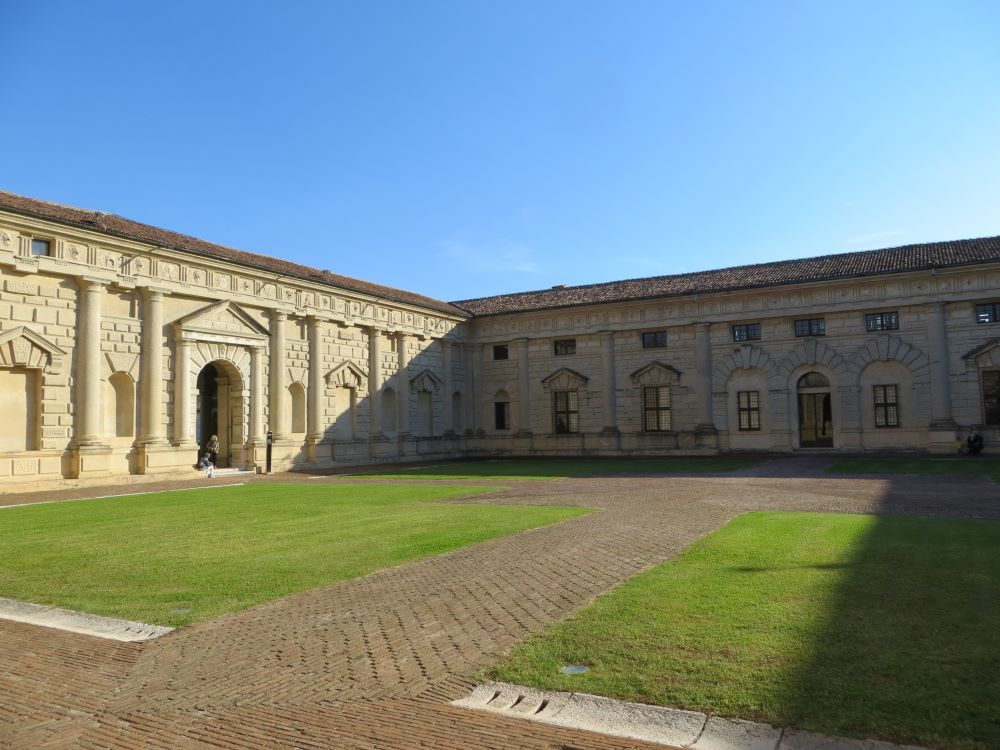
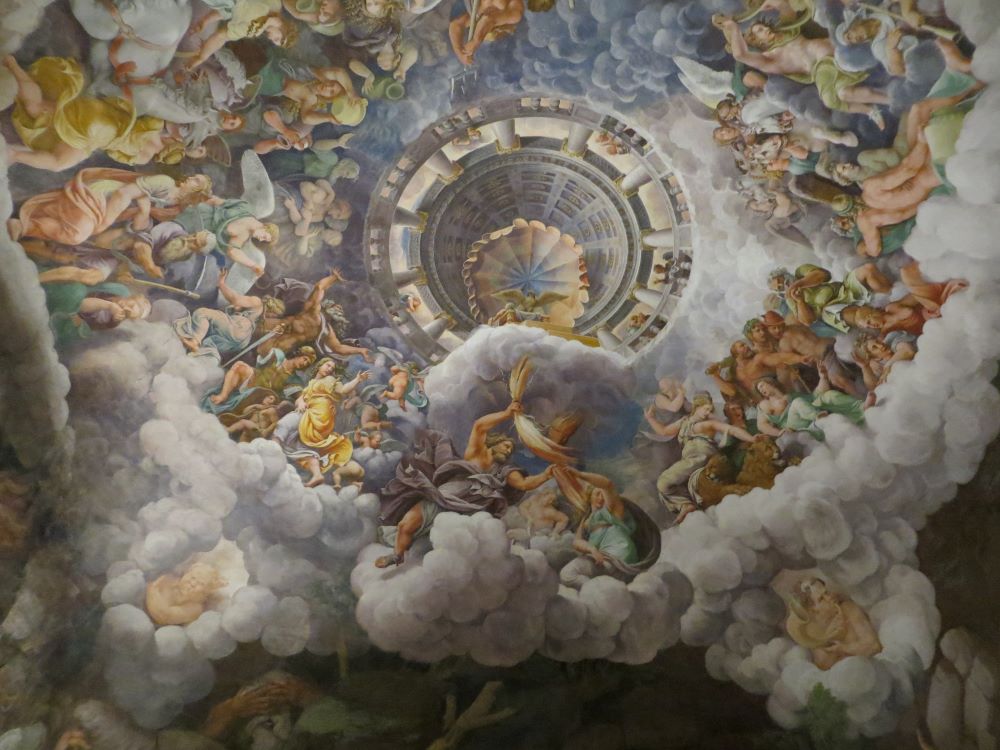

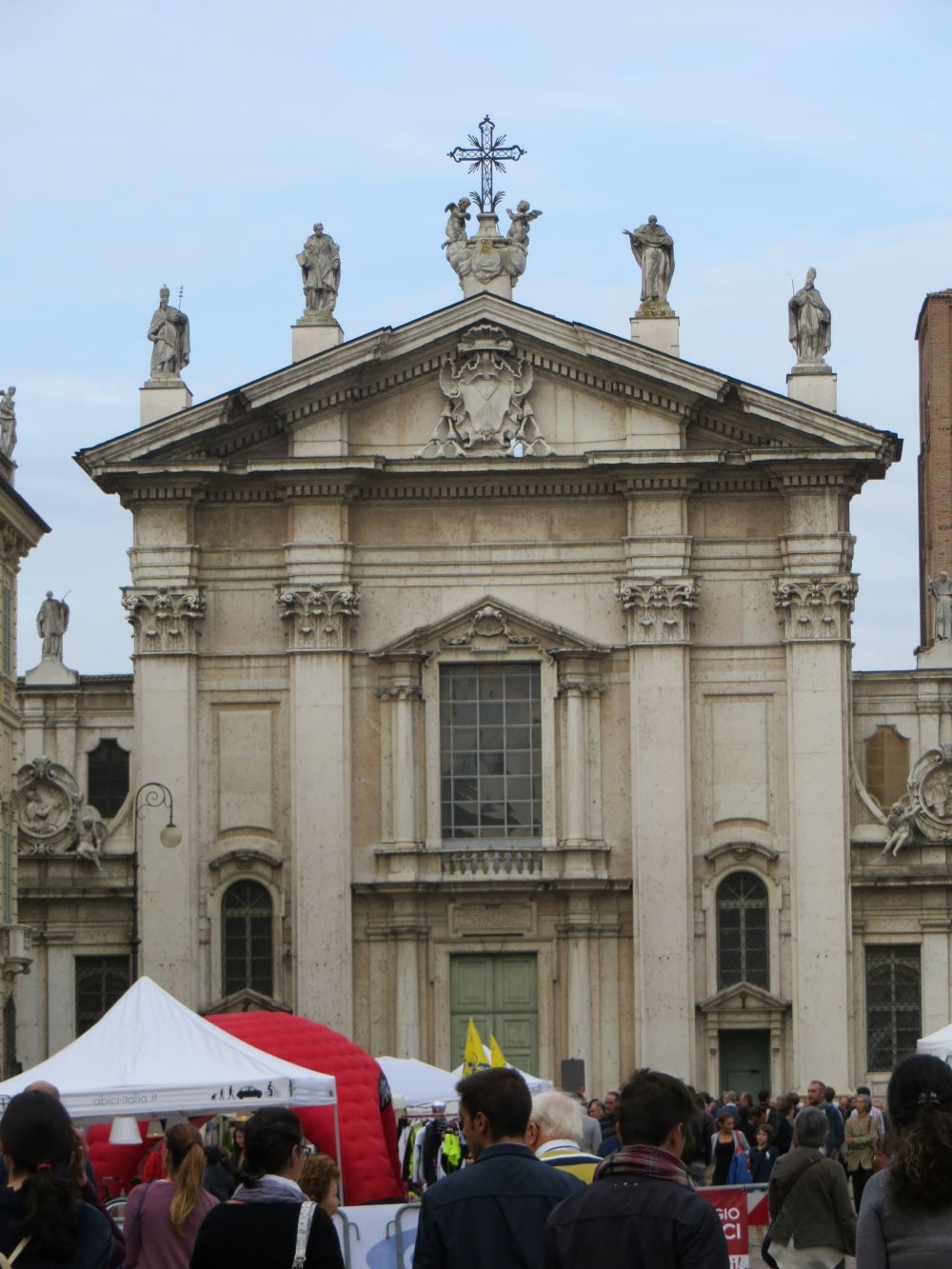
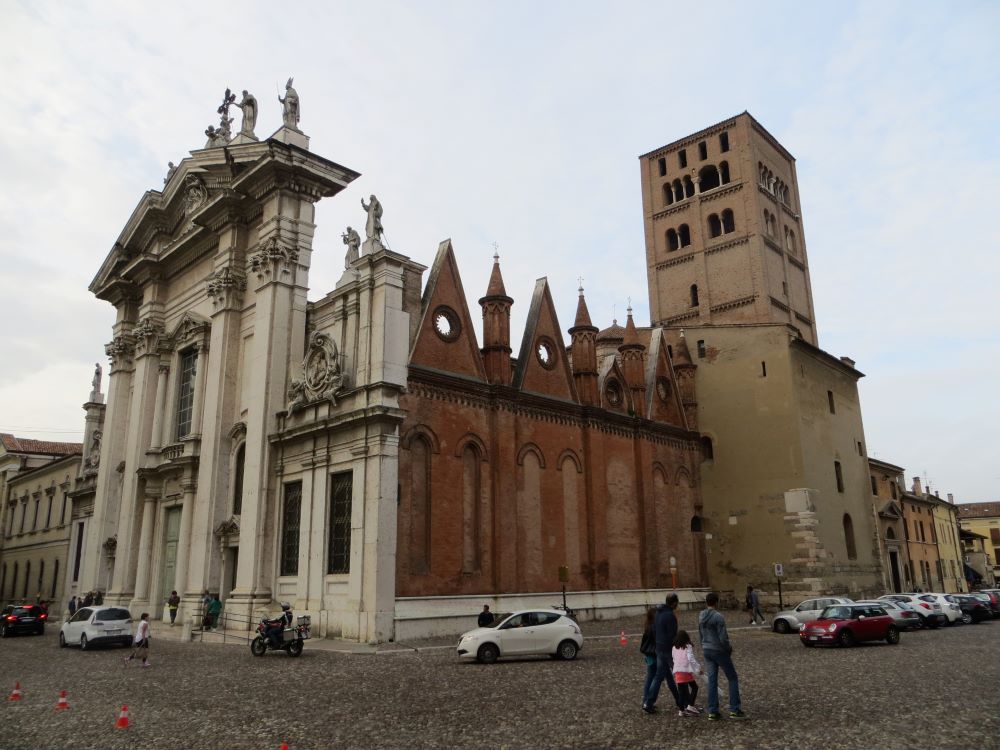
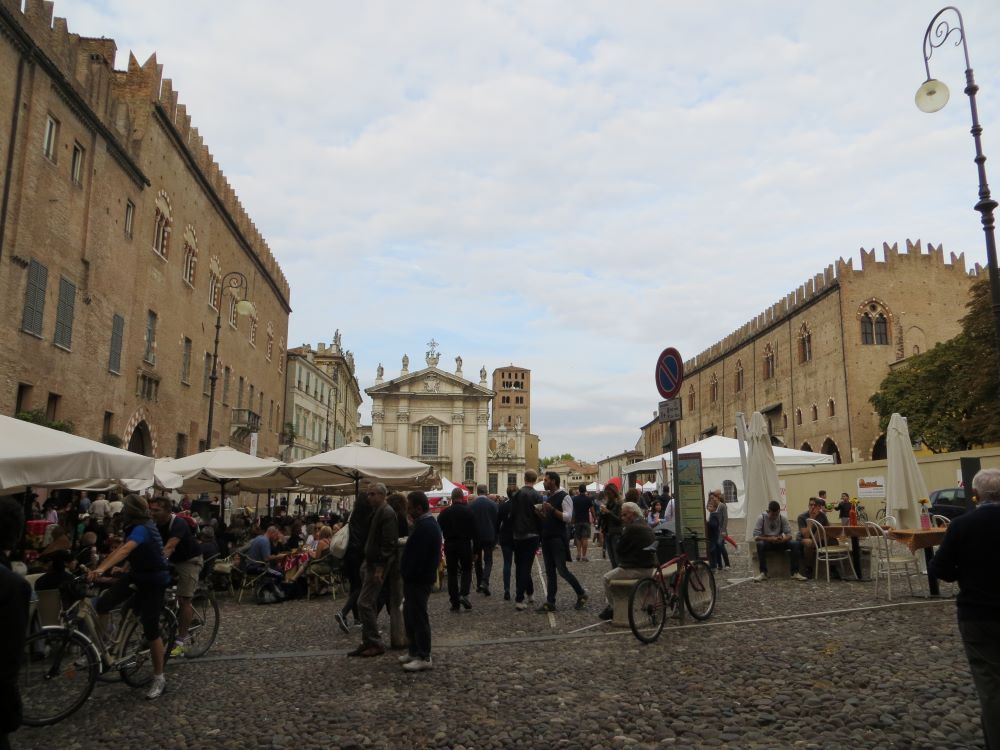
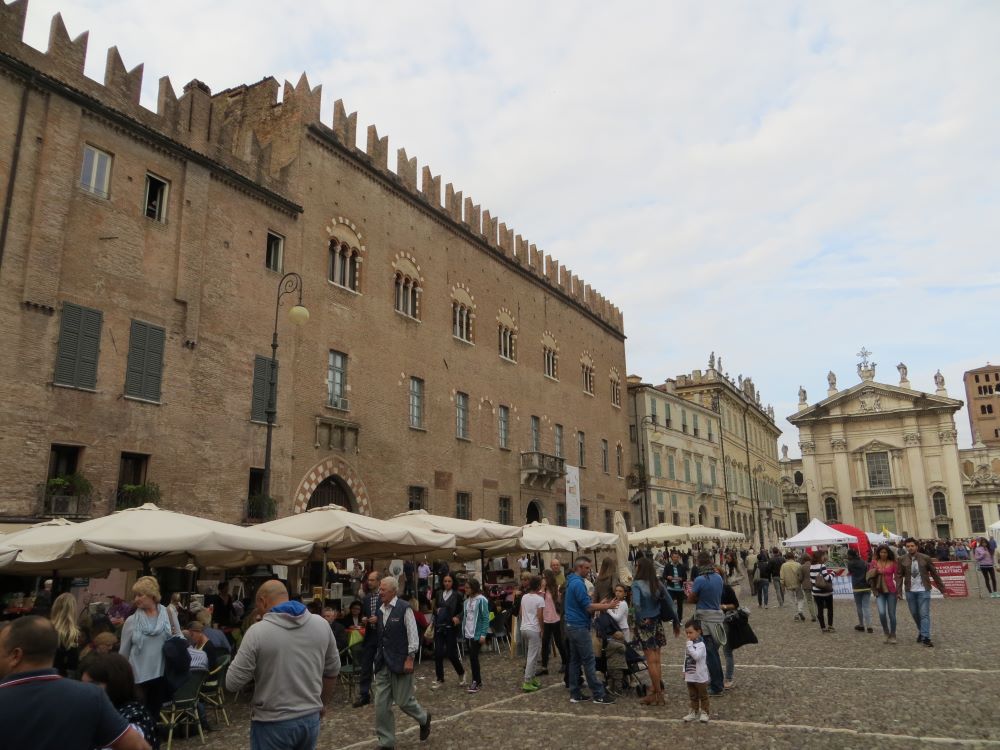
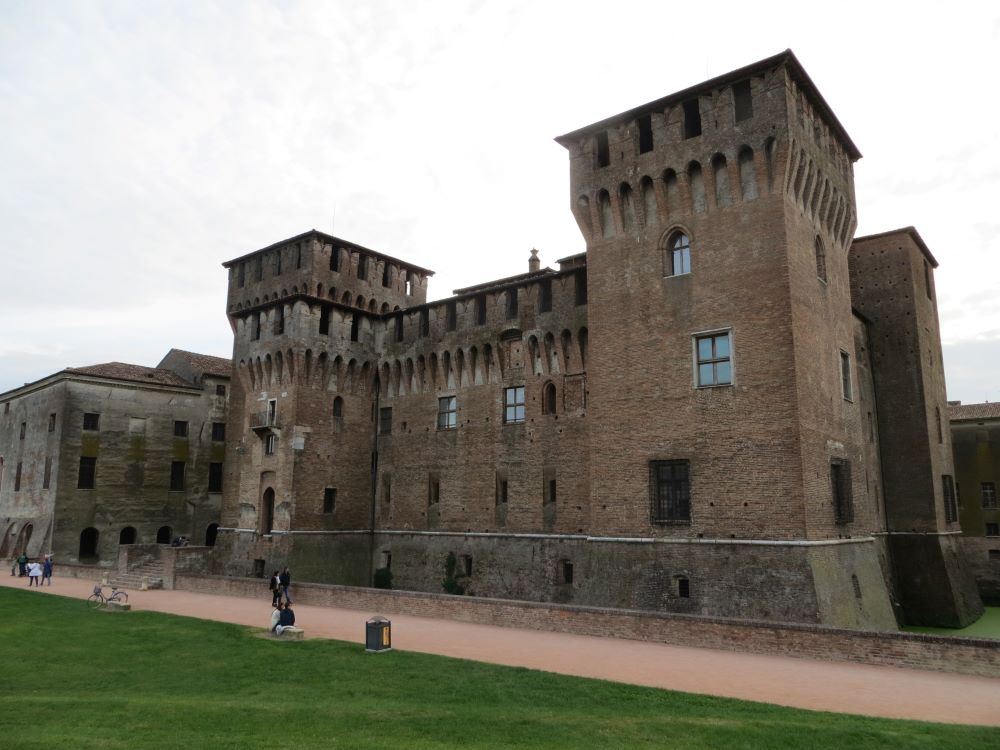
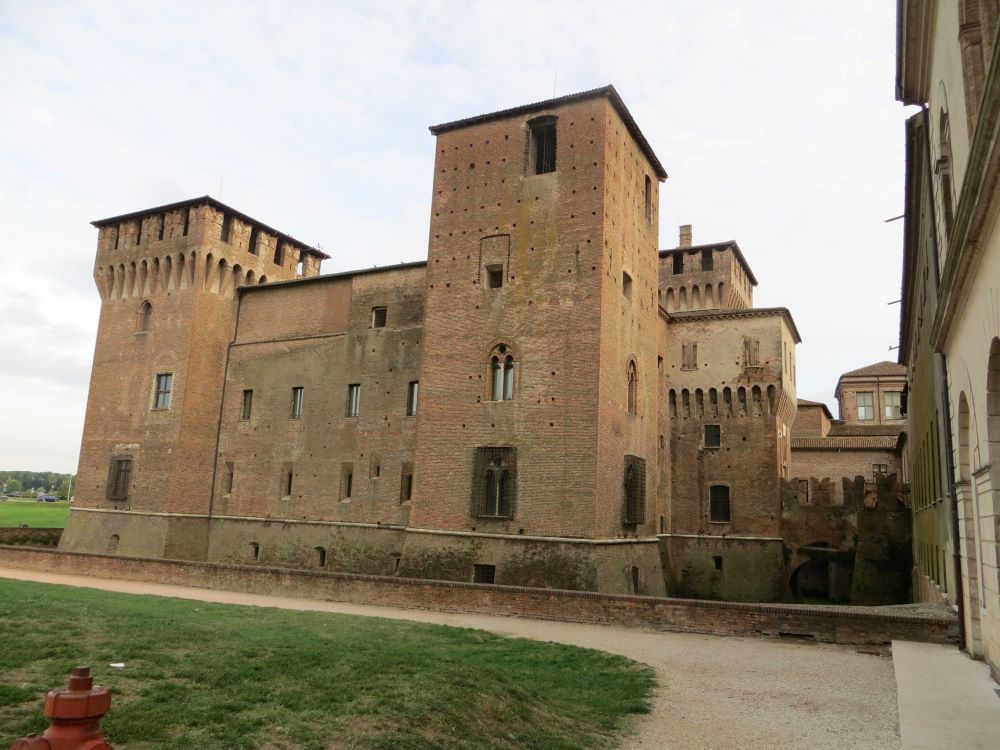
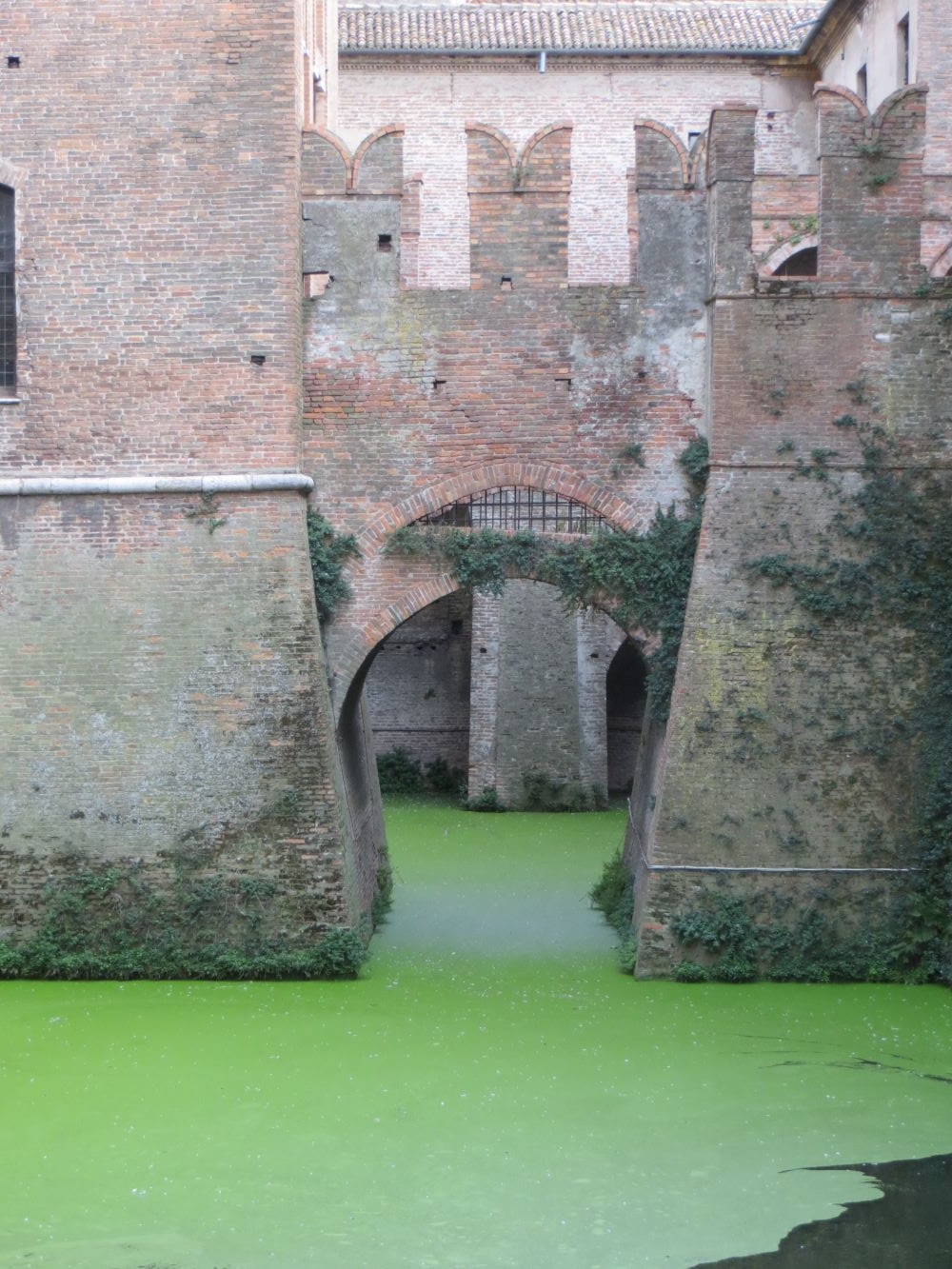
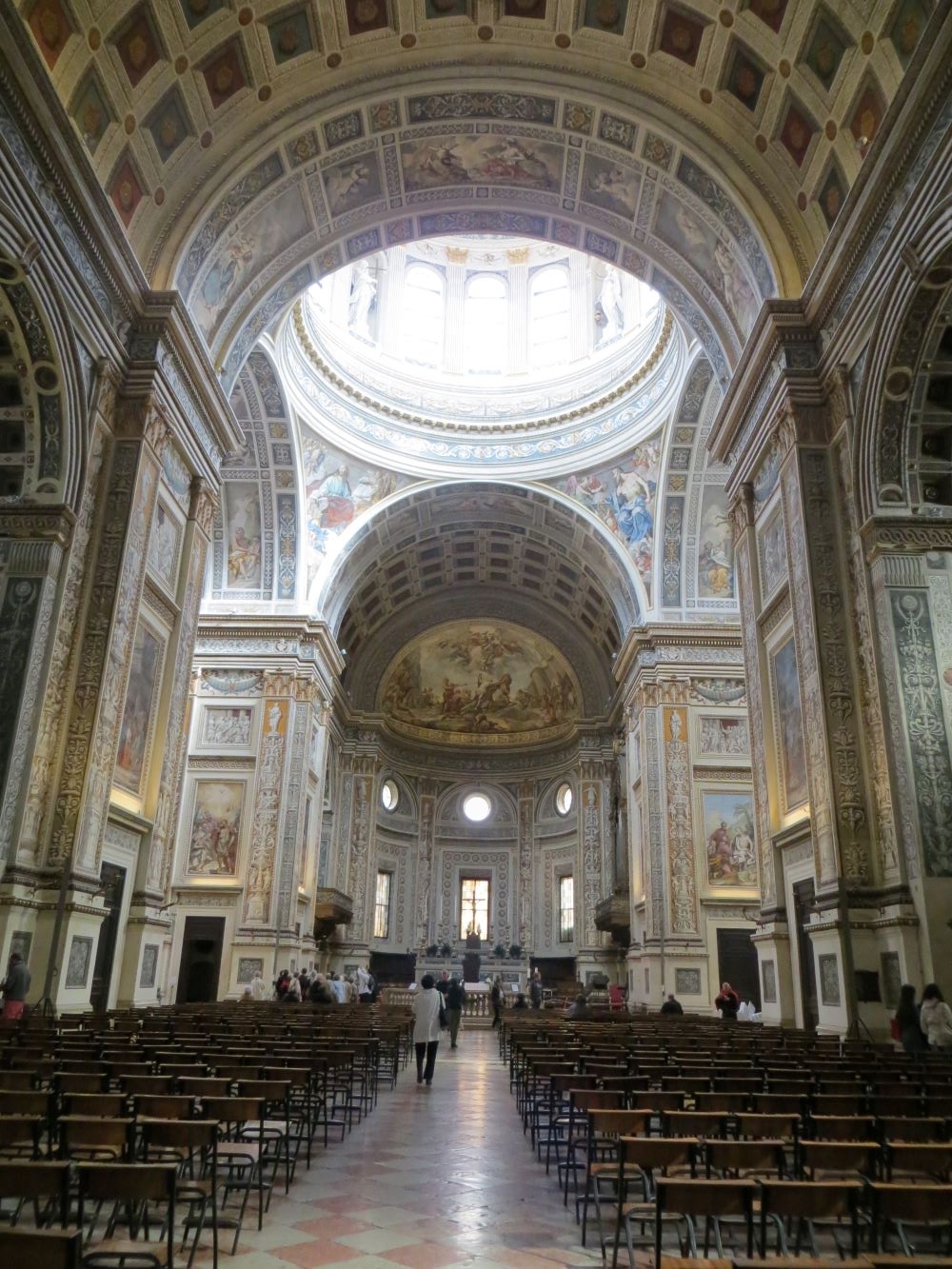

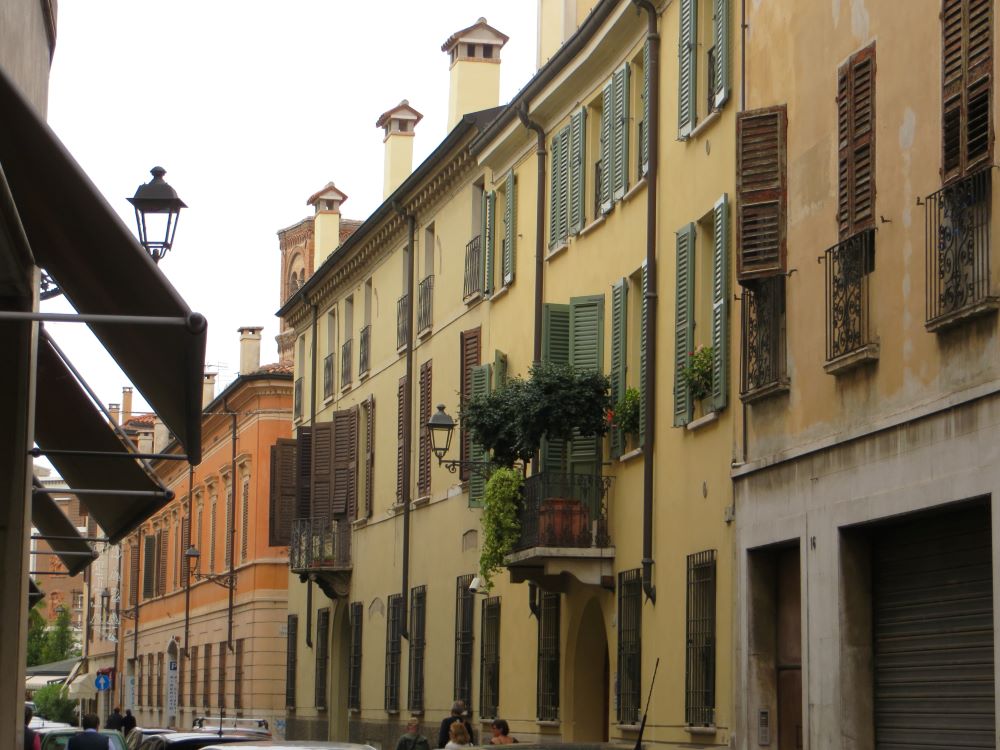
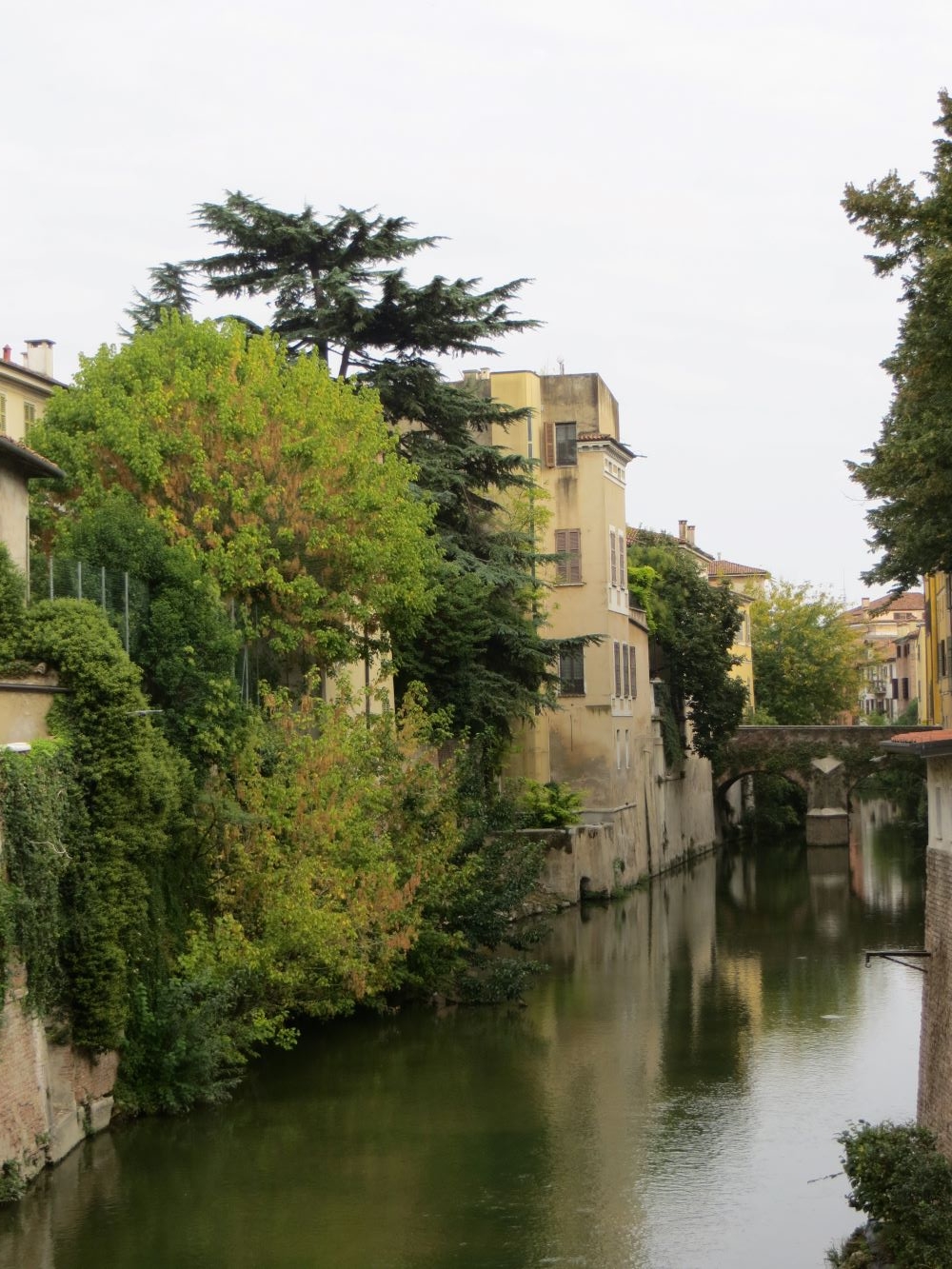
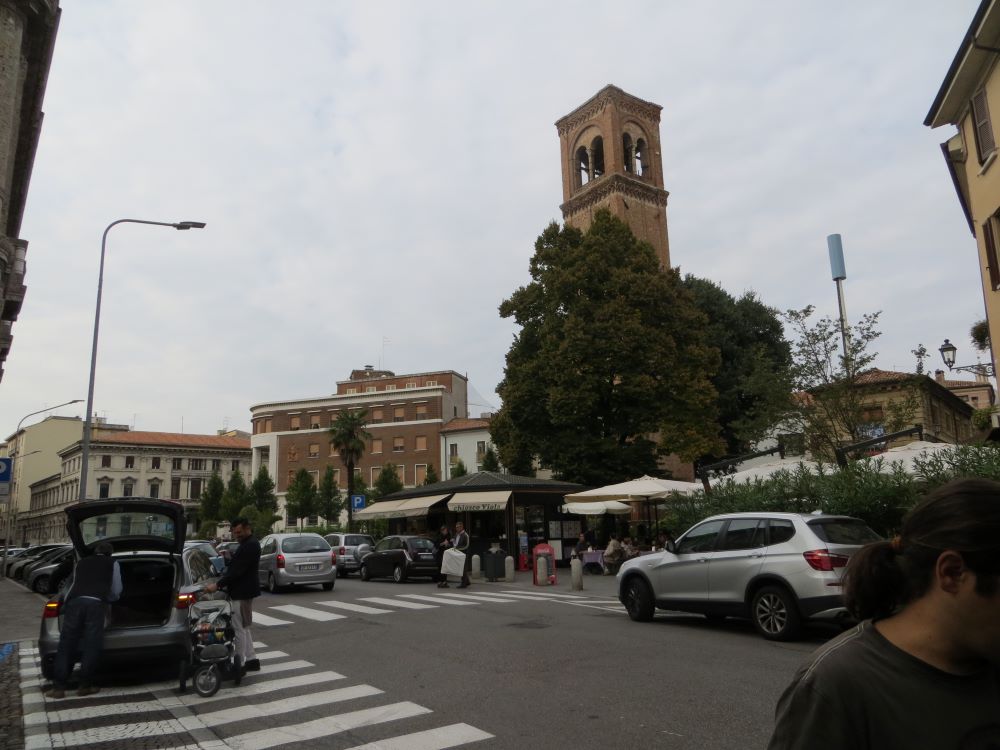

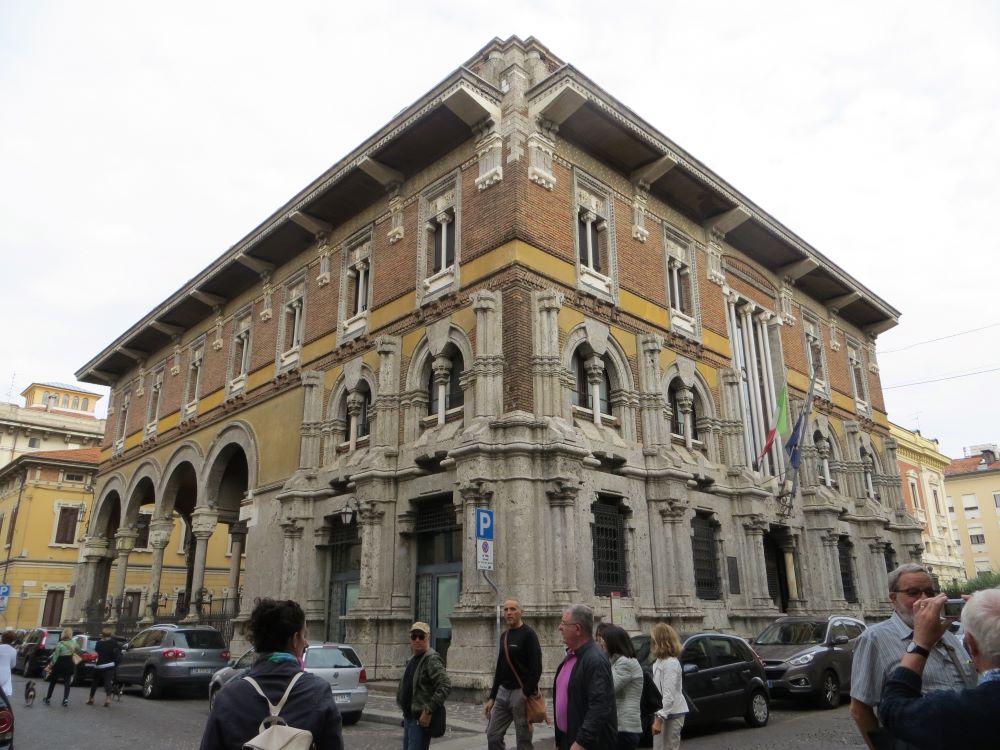
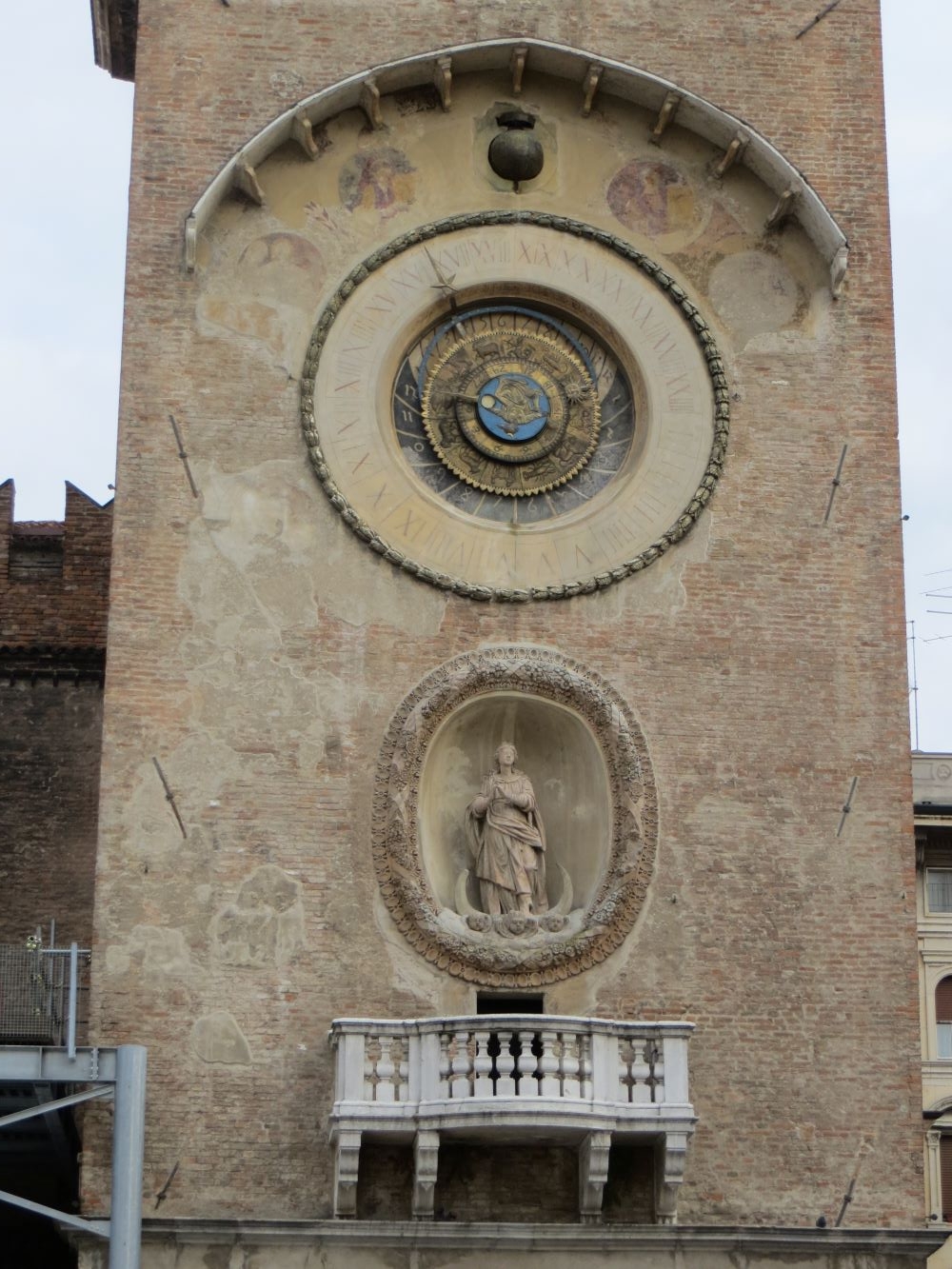
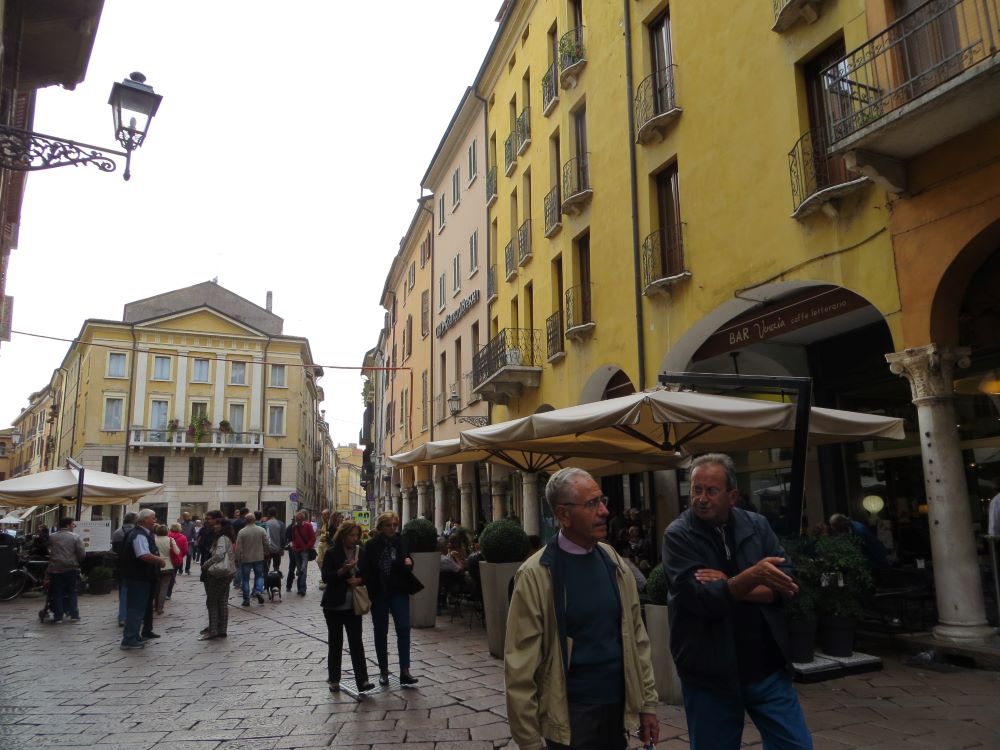
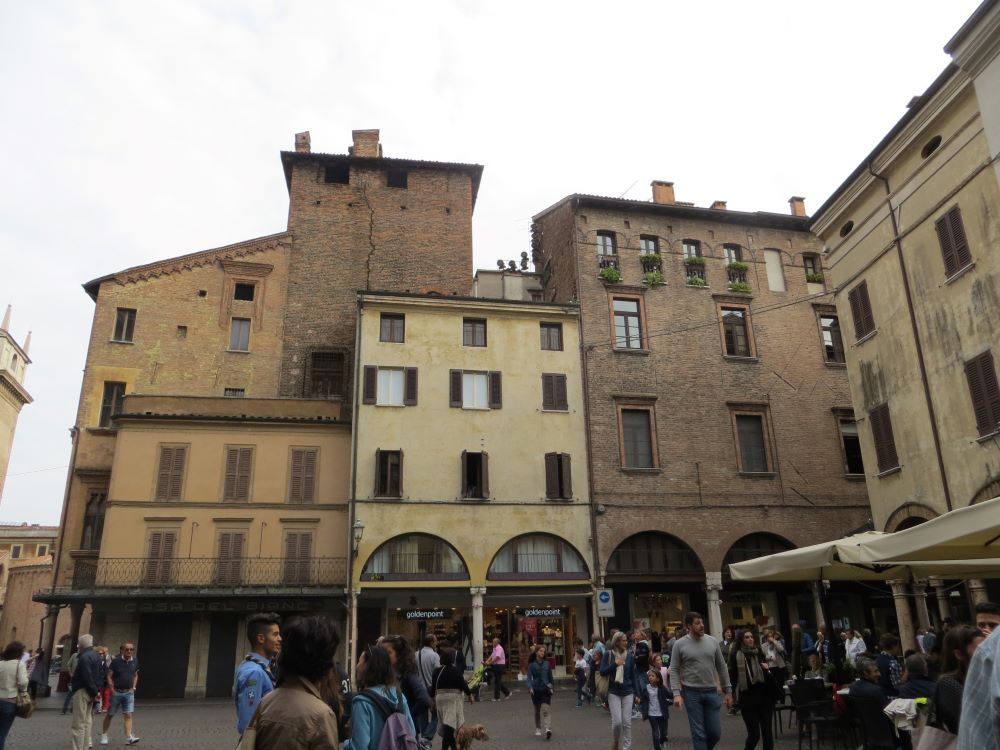
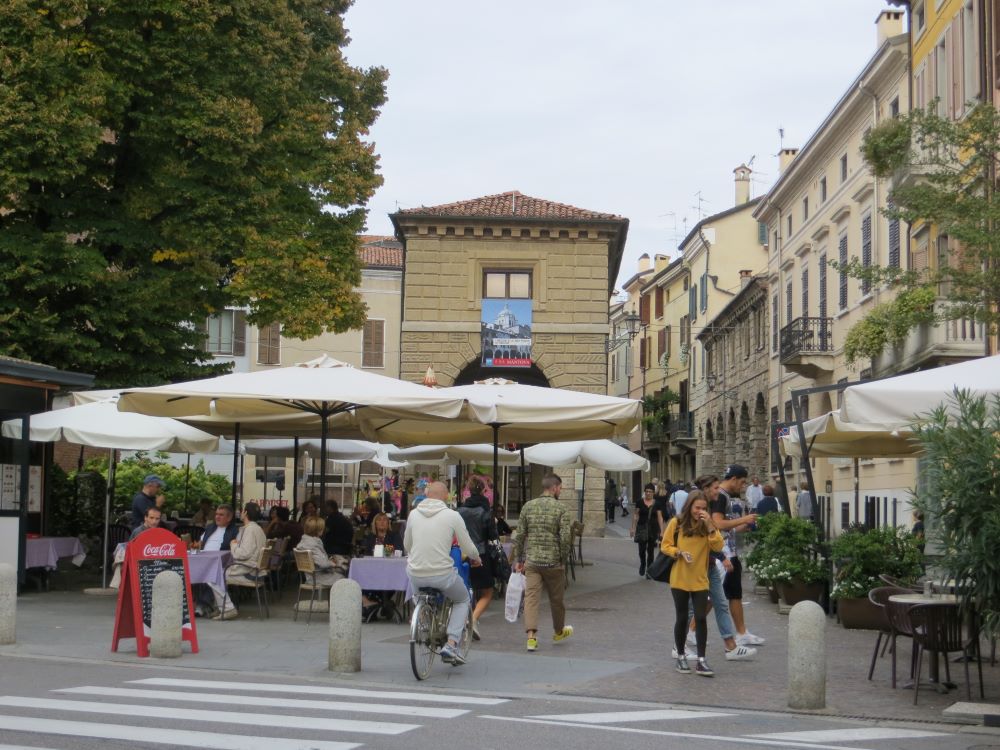

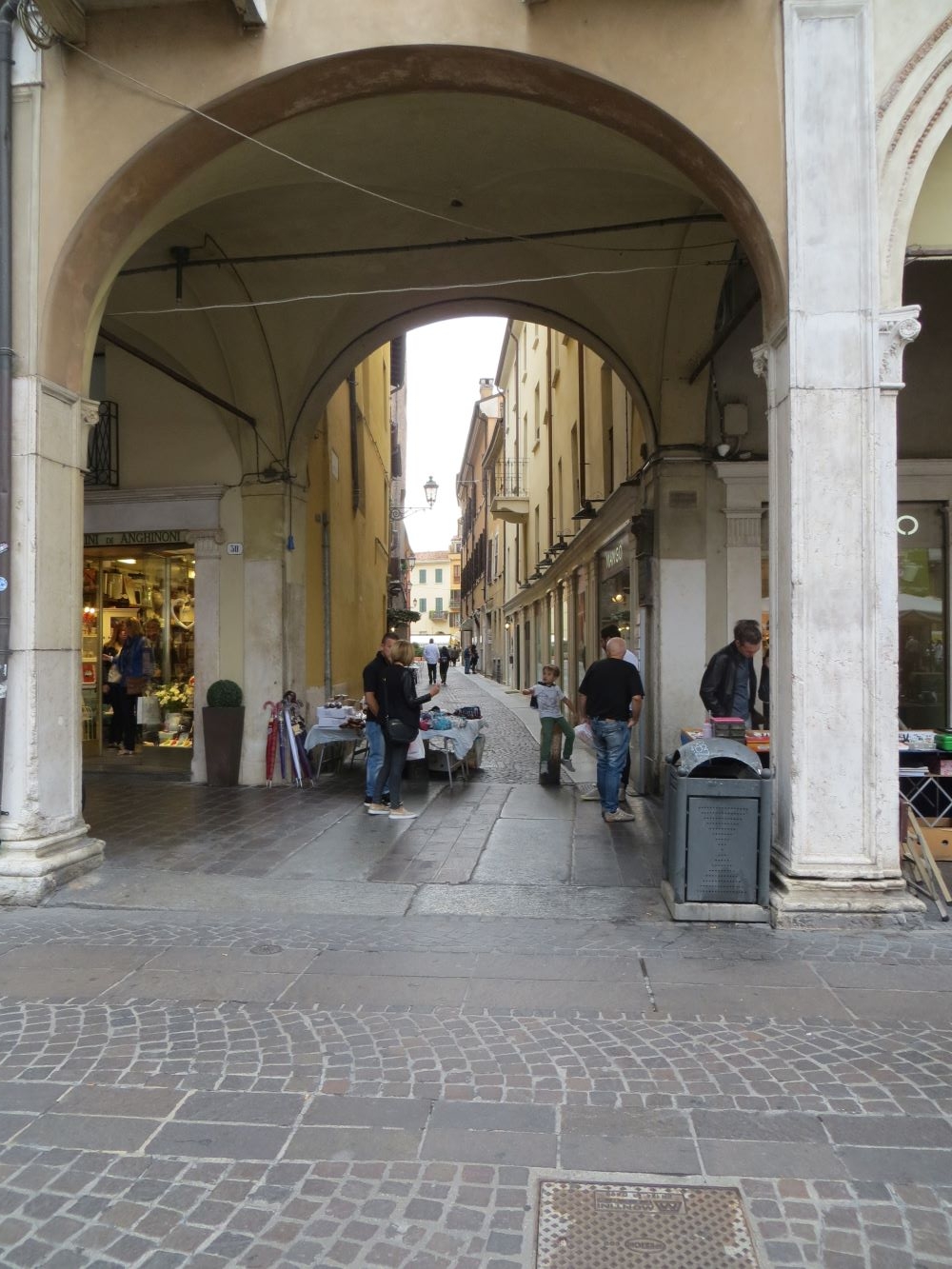
Leave A Comment